|
|
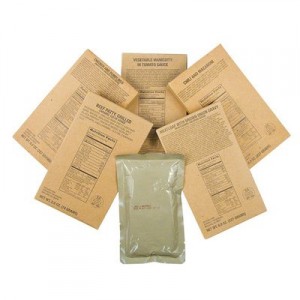 MREs — or Meals Ready to Eat — have developed a horrible reputation among the fighting men and women for whom they were invented. MREs — or Meals Ready to Eat — have developed a horrible reputation among the fighting men and women for whom they were invented.
Bestowed by service members with nicknames like “Meals Rarely Edible” and “Meals Rejected by Everyone,” these long-lasting military food rations are built to withstand a 1,250-foot parachute drop, but can they withstand their reputation as barely edible, tasteless bricks of calories — are MREs really as bad as everyone says?
Picture Credit- Captain Dave's Army Navy Supply on Ebay
Certainly Not a Home-Cooked Meal
The reality is that no soldier, sailor, airman or Marine will ever tell you that he or she has eaten an MRE that reminded him or her of home.
Stuffed with calories, vitamins and minerals, MREs are packed in extra-tough plastic pouches and designed to have a scary-long shelf life. They can be scarfed down cold or heated with an enclosed, water-activated flameless heater. They’re consumed during short breaks or while on the move. It’s the fastest fast food in the (Read More....) [...]
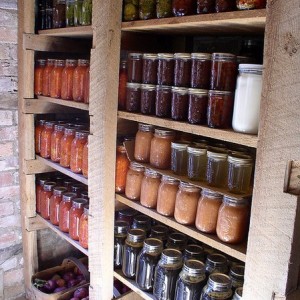 In today’s society, being prepared for the worst is no longer a sign of paranoia, terror, obsession, and superstition. As natural disasters, terrible storms, wars, riots, uprisings, and economic crises become more and more frequent, having a backup emergency plan just in case is the smart, not psychotic, thing to do. Emergency clothing, shelter, and most importantly, food and water, is an essential for every household as the world we live in becomes more and more unstable. During most emergencies, households can typically expect to be without refrigeration, electricity, and gas for at least a short period of time. Most government and federal aid takes at least three days to make an appearance when emergencies strike, so it is not in the best interest to rely on outside sources for help with food and shelter. This being said, a three day supply of food and water at the minimum should be found in every household. However, the larger the reserve, the better; having several weeks of food on hand only guarantees longer survival times if the disaster is catastrophic. In today’s society, being prepared for the worst is no longer a sign of paranoia, terror, obsession, and superstition. As natural disasters, terrible storms, wars, riots, uprisings, and economic crises become more and more frequent, having a backup emergency plan just in case is the smart, not psychotic, thing to do. Emergency clothing, shelter, and most importantly, food and water, is an essential for every household as the world we live in becomes more and more unstable. During most emergencies, households can typically expect to be without refrigeration, electricity, and gas for at least a short period of time. Most government and federal aid takes at least three days to make an appearance when emergencies strike, so it is not in the best interest to rely on outside sources for help with food and shelter. This being said, a three day supply of food and water at the minimum should be found in every household. However, the larger the reserve, the better; having several weeks of food on hand only guarantees longer survival times if the disaster is catastrophic.
Picture Credit - Pinterest
During emergencies, citizens turn to looting, (Read More....) [...]
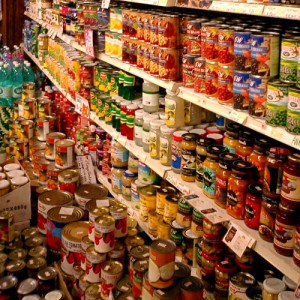 Essential to any complete disaster survival plan is a store of non-perishable food large enough to sustain you and your family for an indeterminate period of time. Canned foods, dehydrated foods, vacuum-sealed seed packets, and MREs often are the primary, if not the only, items preppers rely on to get them though disasters because they can be kept without spoiling for as close to forever as food can get. As practical as these kinds of foods are, however, they are fundamentally unnatural, and without the nutritional value that fresher foods provide. It may seem that there is no alternative to these disaster foods, but recent developments in urban farming, specifically in the Netherlands, may provide a solution for survivalists. Essential to any complete disaster survival plan is a store of non-perishable food large enough to sustain you and your family for an indeterminate period of time. Canned foods, dehydrated foods, vacuum-sealed seed packets, and MREs often are the primary, if not the only, items preppers rely on to get them though disasters because they can be kept without spoiling for as close to forever as food can get. As practical as these kinds of foods are, however, they are fundamentally unnatural, and without the nutritional value that fresher foods provide. It may seem that there is no alternative to these disaster foods, but recent developments in urban farming, specifically in the Netherlands, may provide a solution for survivalists.
Water & Light
Even the most inexperienced gardeners know that plants of all varieties require two basic resources to grow and flourish: water and light. Many preppers already grow their own food, but their capacity to garden would be greatly diminished if they were forced to go underground during a disaster — and given that most bunkers or other survival shelters are underground (or at least without windows), gardening seems mostly out of the question.
Though providing plants with water would be easy enough, feeding them with the right kind of light would be next t (Read More....) [...]
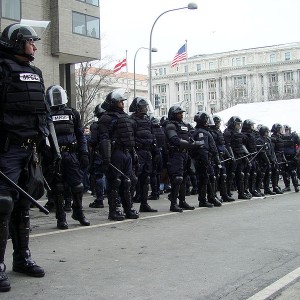 Some of you already know, but for some this information will be brand-new in a threatening way. The bottom line in any disaster (big or small) could force you to go weeks without food. Something else to consider: Scientists have been predicting for years that a warmer planet coupled with increasing water demands could cause food shortages. A 2007 study building on previous research warned that climate changes could cause food shortages which could also lead to wars. Without essentials we may not survive. And there's going to be no way to get them when a crisis hits (or if the news even smells like a crisis for that matter). Some of you already know, but for some this information will be brand-new in a threatening way. The bottom line in any disaster (big or small) could force you to go weeks without food. Something else to consider: Scientists have been predicting for years that a warmer planet coupled with increasing water demands could cause food shortages. A 2007 study building on previous research warned that climate changes could cause food shortages which could also lead to wars. Without essentials we may not survive. And there's going to be no way to get them when a crisis hits (or if the news even smells like a crisis for that matter).
Here are some interesting facts:
90% of people will steal, pillage and kill after 10 days without food.
After 15 days severe hunger turns people into savage human flesh eaters.
These facts are from a government study performed back in the 1950's.
Think about it:
How would you survive a terrorist attack that caused widespread panic and shutdown all shops and stores in your area? Would you be forced to beg neighbors for food or be shipped to FEMA camps?
Could you and your family (Read More....) [...]
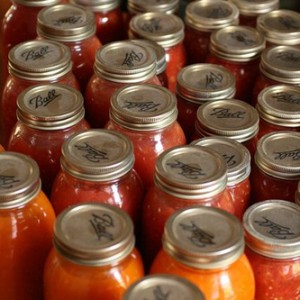 Disaster Prep On A Budget by Dennis Evers- Disaster Prep can be expensive, particularly if you spend a small fortune on dedicated “survival” items that may or may not be used. Preparing makes good common sense, and on so many levels. There are natural disasters by the dozens, man made emergencies like chemical spills, riots, terrorism, crime and on and on. Add economic problems like high unemployment and those associated with cities laying off law enforcement and other emergency services due to budget problems and you have the perfect storm looming on the horizon. Disaster Prep On A Budget by Dennis Evers- Disaster Prep can be expensive, particularly if you spend a small fortune on dedicated “survival” items that may or may not be used. Preparing makes good common sense, and on so many levels. There are natural disasters by the dozens, man made emergencies like chemical spills, riots, terrorism, crime and on and on. Add economic problems like high unemployment and those associated with cities laying off law enforcement and other emergency services due to budget problems and you have the perfect storm looming on the horizon.
Picture Credit: From The Bitten Word on Flicker
Most of us living within our means have a limited amount of discretionary income for prepping. With that in mind, preparing on a budget is important and purchasing inexpensive yet functional as well as multi-use items that can be used on a regular basis as well will help stretch every penny you spend.
Let There be Light
One of the most important accessory in every disaster kit is some sort of light. Light is necessary to work and navigate by, but psychologically, it is essential to help mitigate some of the fear associated with disas (Read More....) [...]
|
|
 MREs — or Meals Ready to Eat — have developed a horrible reputation among the fighting men and women for whom they were invented.
MREs — or Meals Ready to Eat — have developed a horrible reputation among the fighting men and women for whom they were invented.










